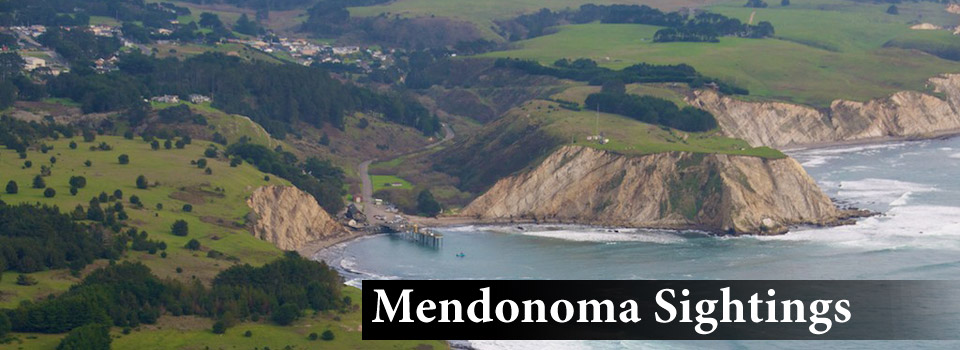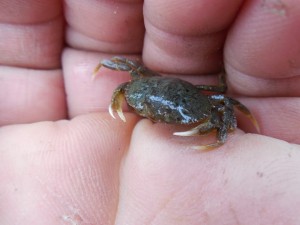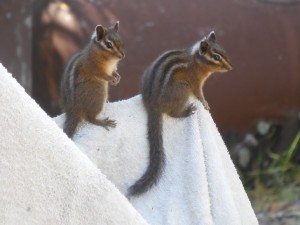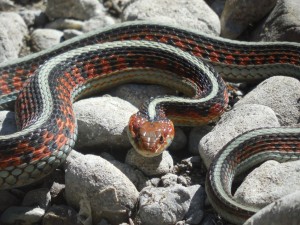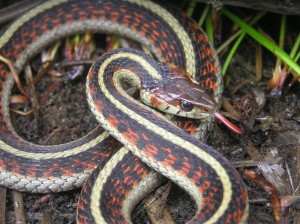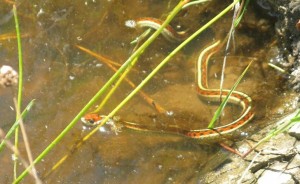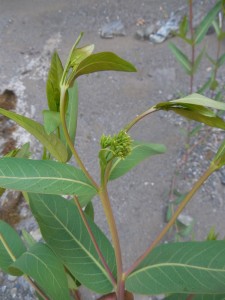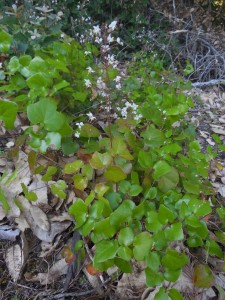Here's Peter Baye's experience recently on a kayak trip on Ten Mile River, north of Fort Bragg.
“Will Erickson and I found innumerable small crabs covering the eelgrass beds of the estuary, and running over the bottom on the flood tide as though stampeding! We estimated at least 50 per square yard. They looked like little Dungeness Crabs, and it turns out that’s exactly what they are! The eelgrass beds seem to be a nursery.”
A Dungeness Crab nursery, how wonderful is that? Dungeness Crab from the waters off the Mendonoma coast is delicious. Knowing that there are so many baby crabs in the estuary is like having money in the bank!
Ten Mile River is found ten miles north of the mouth of the Noyo River in Fort Bragg.
Thanks to Peter for allowing me to share his photo with you here.
